Wiring devices are used to connect and terminate power wiring, they are used to replace a plug or connector and to create a custom situation for wiring. When working in an industrial, commercial or even a household setting there can be times when you need an option that is not available to you. This does not mean you are out of luck, it means you need to do it yourself.
SAFETY TIP: If you are unsure of your solution please do NOT try to wire anything yourself. Hire a professional certified electrician to help you. It can be dangerous to build your own wiring if do not have the proper knowledge to do so.
Do it yourself wiring is usually cheaper than purchasing a pre-made or custom-made option. This is because your finished items are ready to be used and are usually certified products.
What are some of the reasons we will have for using a wiring device? The first is to replace a plug or connector. Male electrical plugs and female connectors do break from time to time. Rather than purchasing a new product people choose to re-wire the end that broke. Another reason to change a plug on a product is that you need it to fit into a different outlet. Adding a new plug or male end is easier and cheaper for some, than purchasing an entirely new product.
WARNING: In most cases, re-wiring any part of the product will break your warranty. In the case of AC Works brand products, sold by us or any of our distributors, your warranty will be void if your product has been tampered with.
Another reason for using a wiring device is to build your own solution and become a little more creative with what you need to accomplish. In a residential setting, you cannot have big plugs or connectors going through pipes or walls, however, the cable can go through, therefore you are able to run your cable and wire your plug and connectors after you have completed running your cable.
There are a lot of reasons someone would need to re-wire a plug or connector. For me, it was because my dog chewed the plug off my curling iron. More interestingly, you might have a small building in your yard, like a tree house or shed, and you want to get electricity to your building. Hiring an electrician will cost a lot and you have the skills and knowledge to wire the electricity yourself. Because wiring electricity to an exterior building will be a long-term solution, you decide to bury the cable under the ground. To do this you want to use PVC pipe for protection. When you get started you quickly realize the male plug and female connectors are far too large to fit through the piping.
SOLUTION: Your solution is to hardwire the cable only, through the piping, and build the plug and connectors on after the piping and cable have been placed underground.
Some people prefer to purchase pre-made products because of their lack of knowledge. They may not trust they can wire it correctly and feel it is safer and more convenient to purchase an entirely new product.
There are many reasons to re-wire something, the most important thing to remember is to practice safety and never work on electrical equipment without knowledge of how to create a solution. You can always contact us with questions on our wiring devices. We offer 24-hour per day, 7 days a week customer service including e-mail, phone and via text message. Another option is to contact a certified electrician to get the job done safely.
What are some of the reasons you might have used a wiring device or re-wired one of your products? Let us know in the comments below.




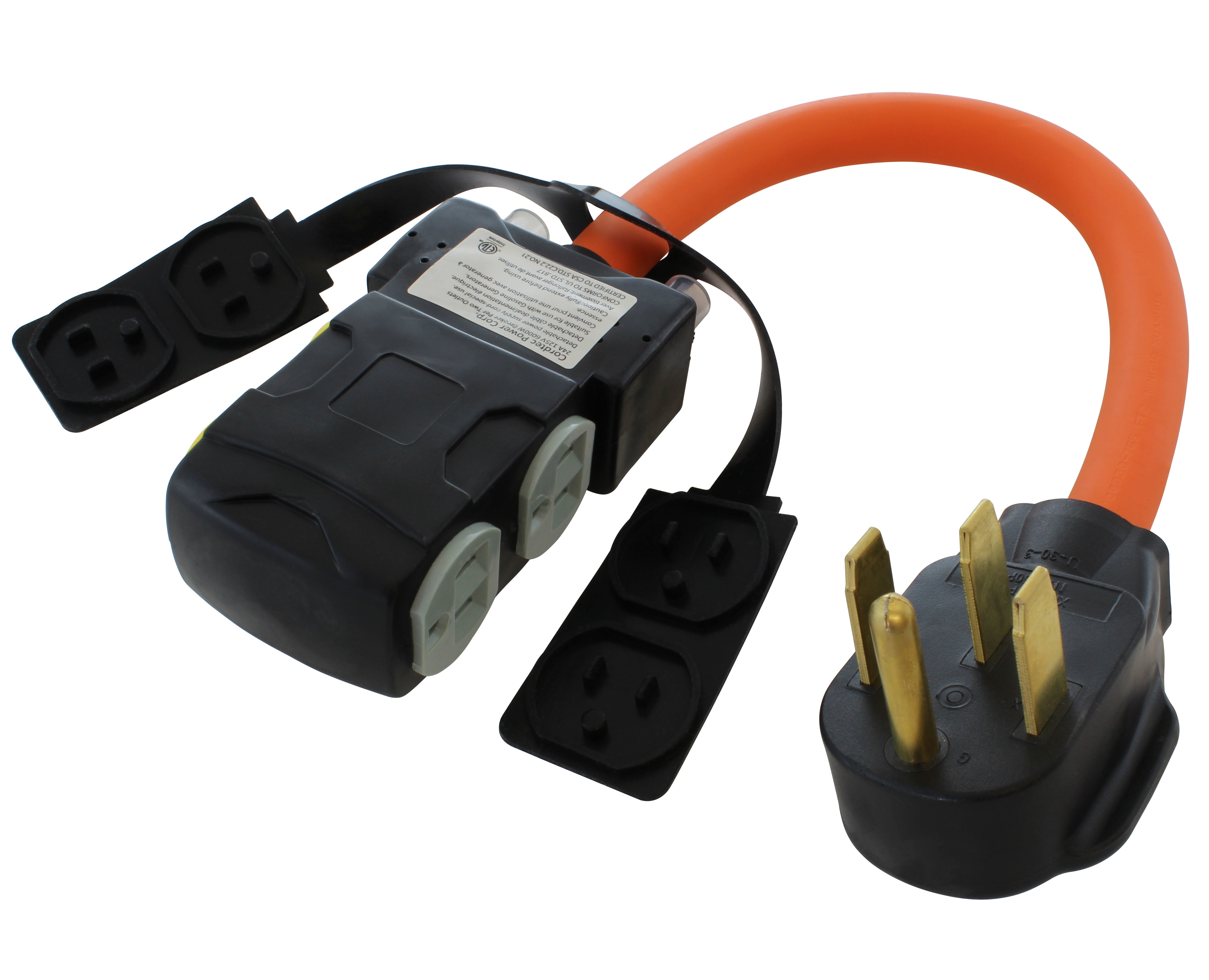
![AC WORKS® [ASINSS2PBX-G] 50A Locking 4-Wire CS6375/ SS2-50 Heavy-Duty Transfer Switch Inlet Box](http://acworks.com/cdn/shop/files/ASINSS2PBX-0_0206b362-7c90-42a5-8754-0685c13dab7e.jpg?v=1758051675&width=2500)

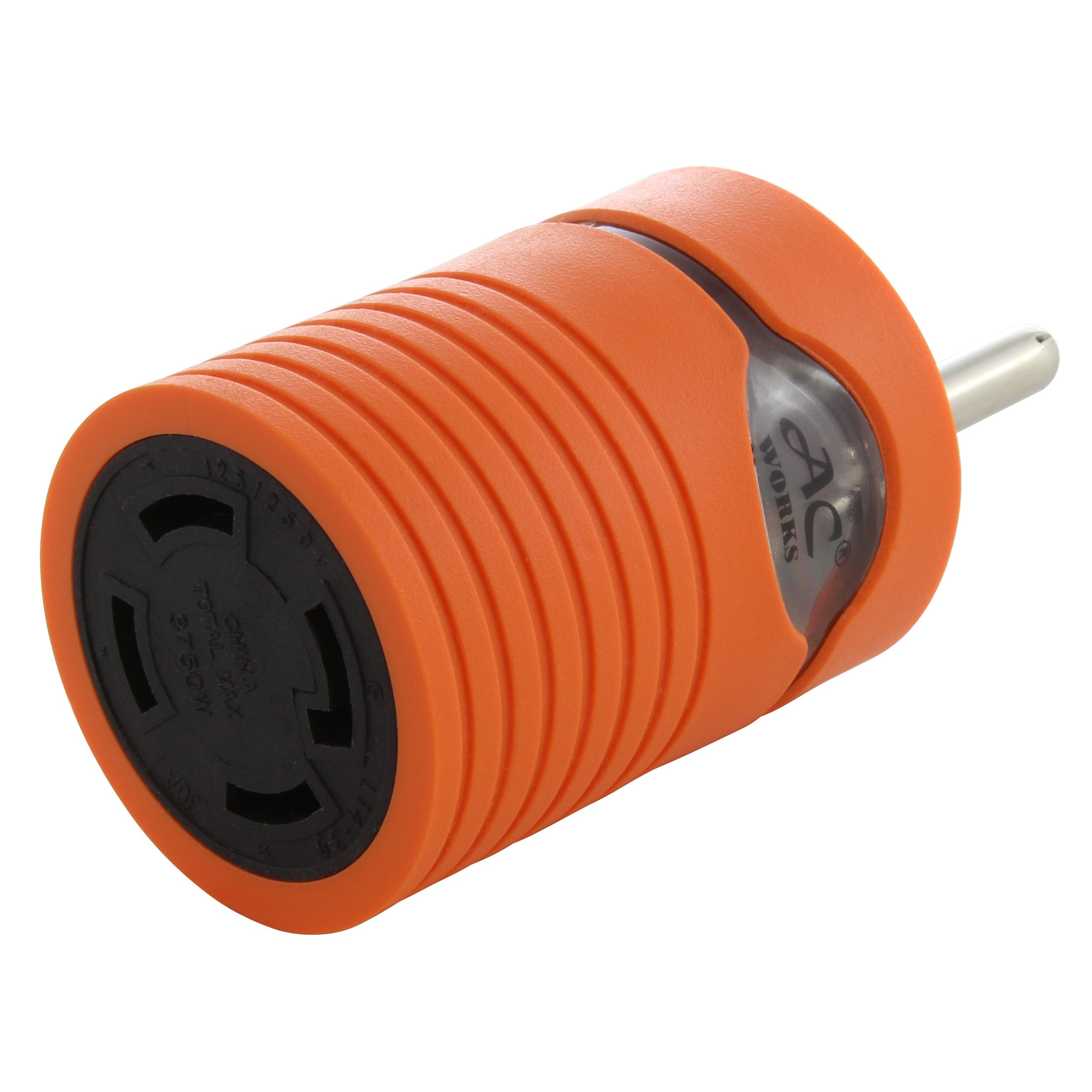
![AC WORKS® [S1430CBF520] 1.5FT 14-30P 4-Prong Dryer Plug to (4) Household Outlets with 24A Breaker](http://acworks.com/cdn/shop/products/S1430CBF520.jpg?v=1666103519&width=4656)
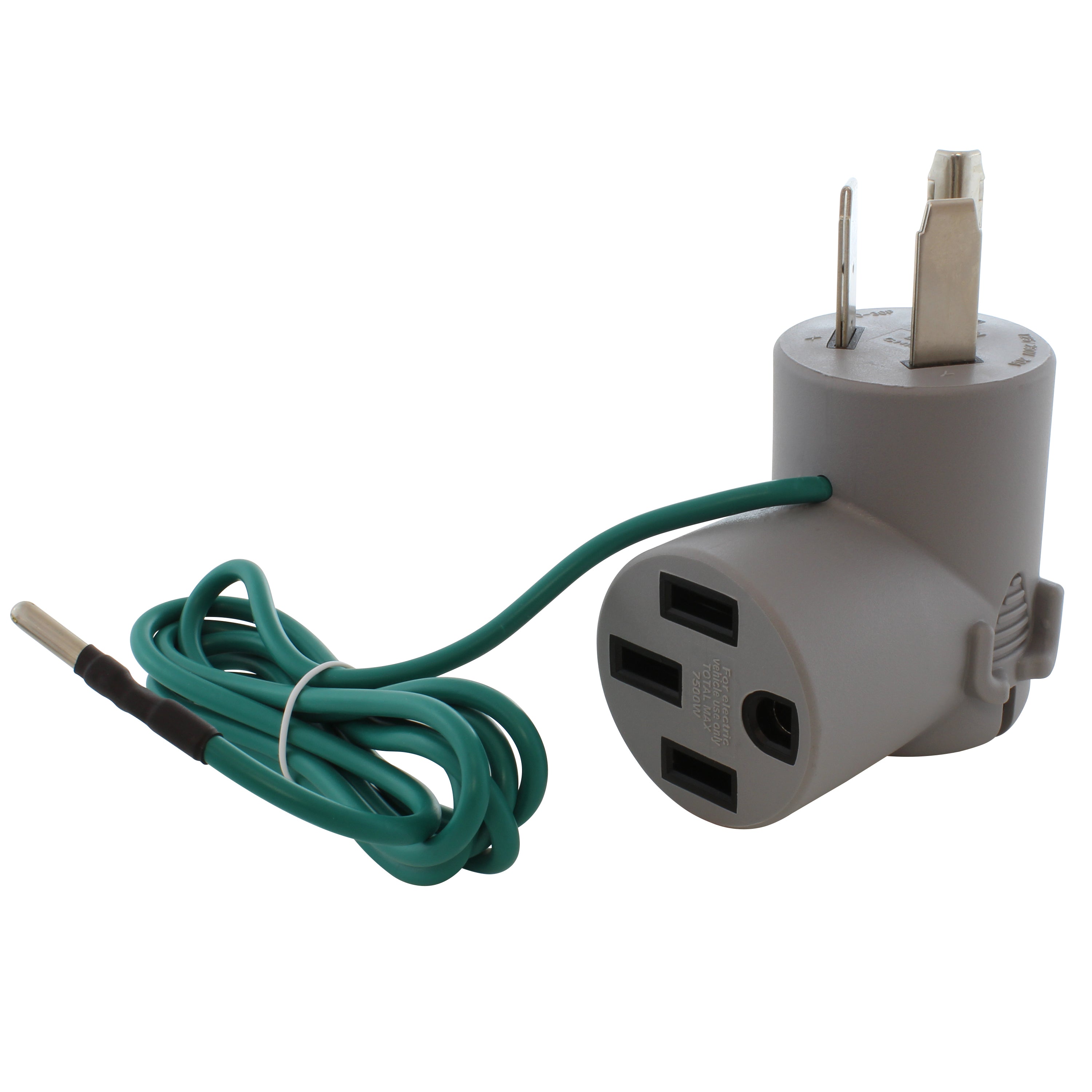
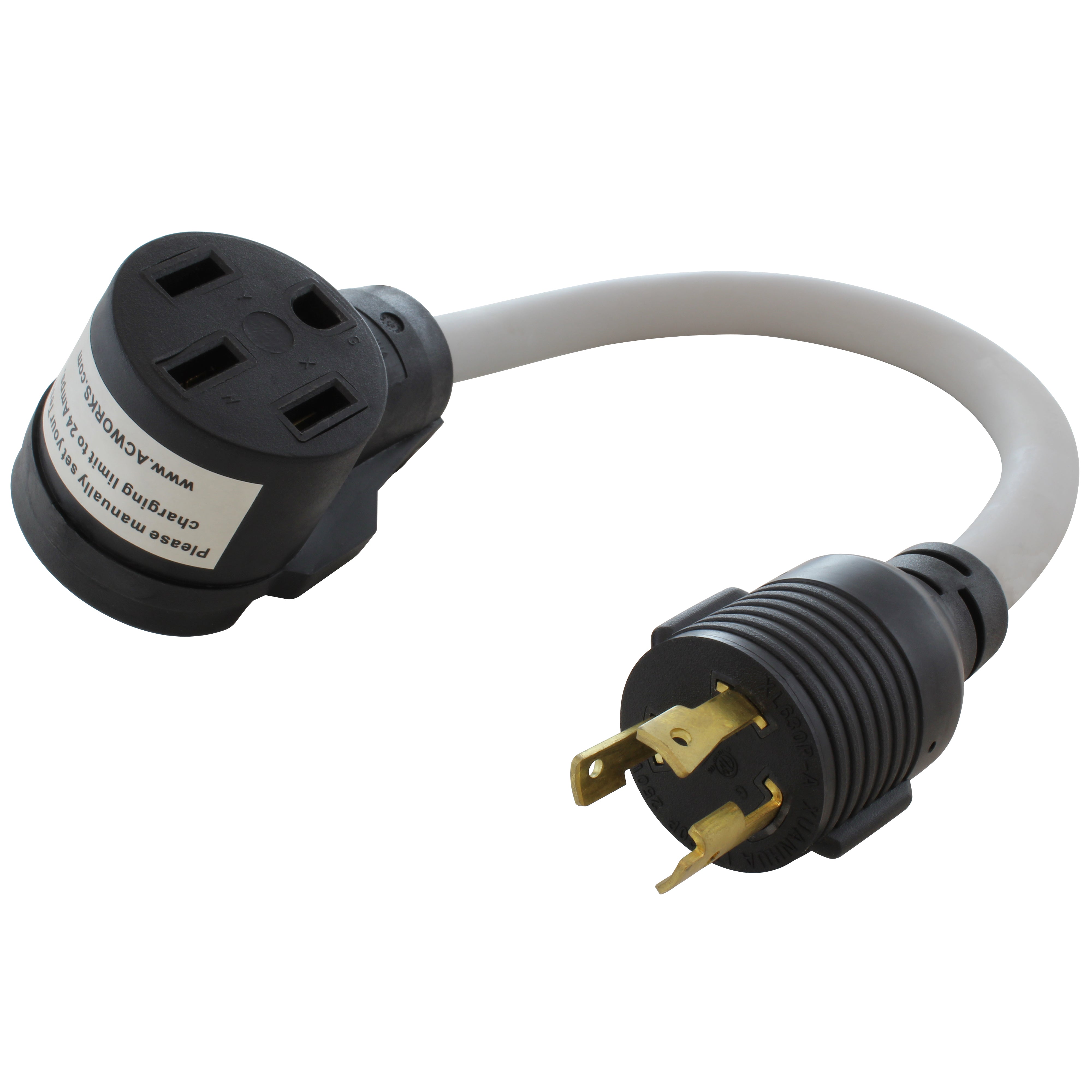
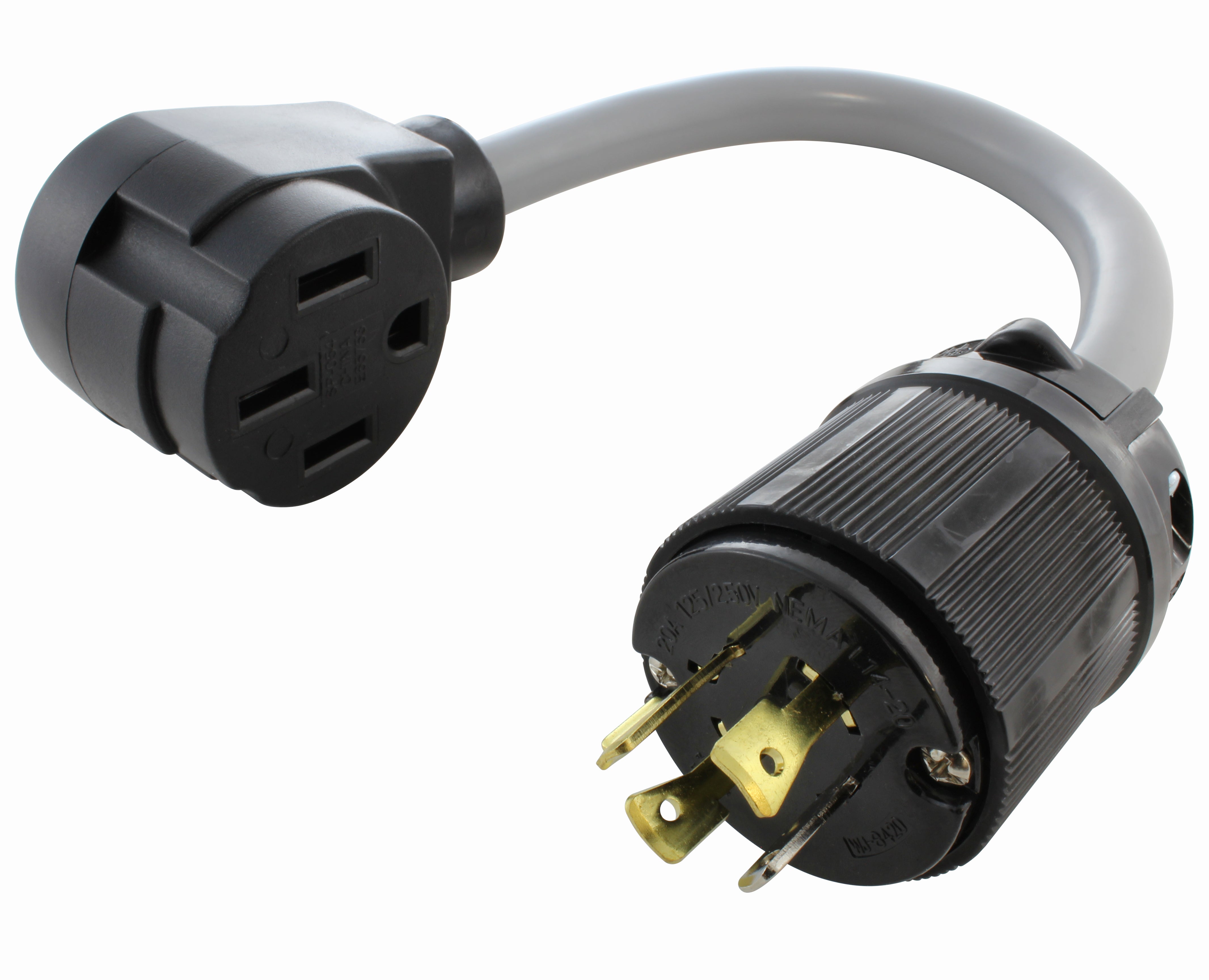

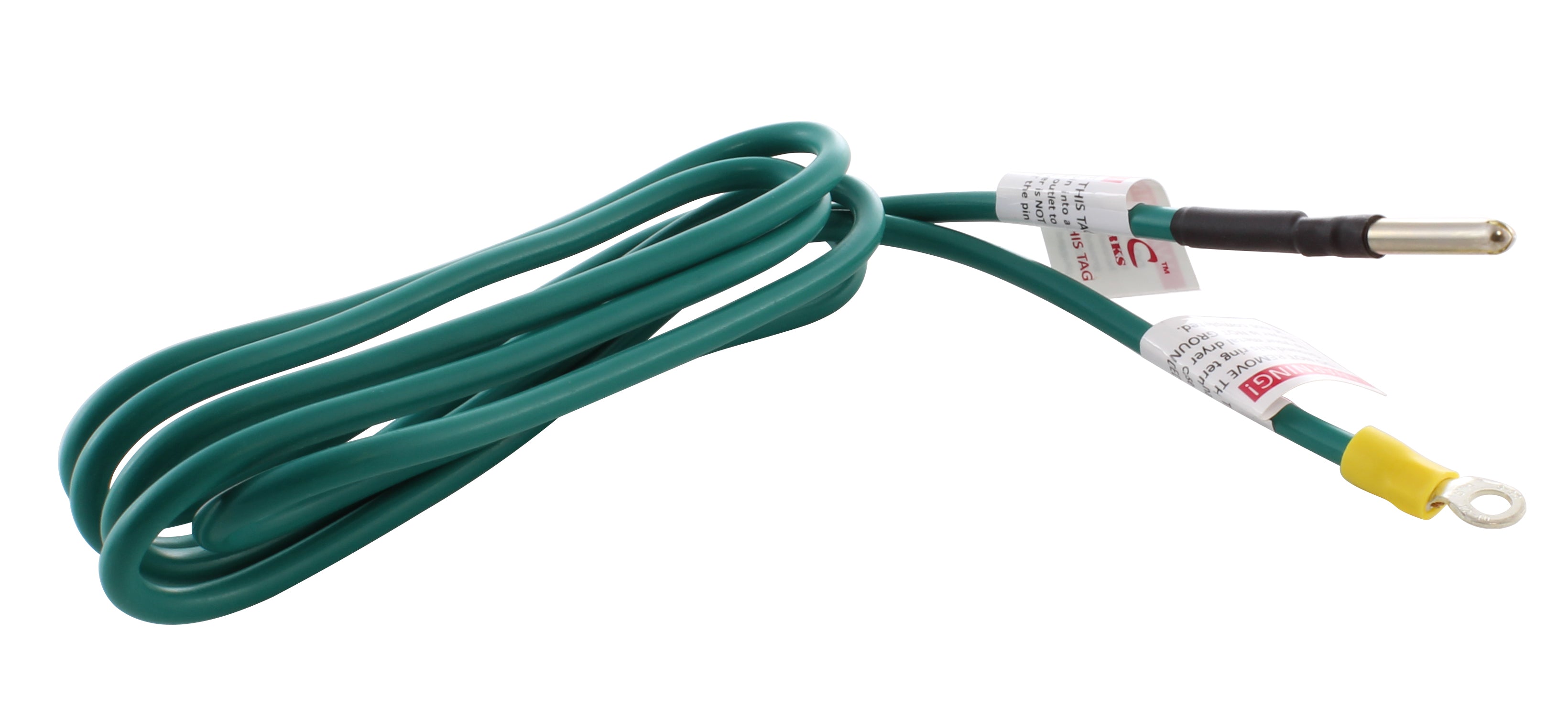

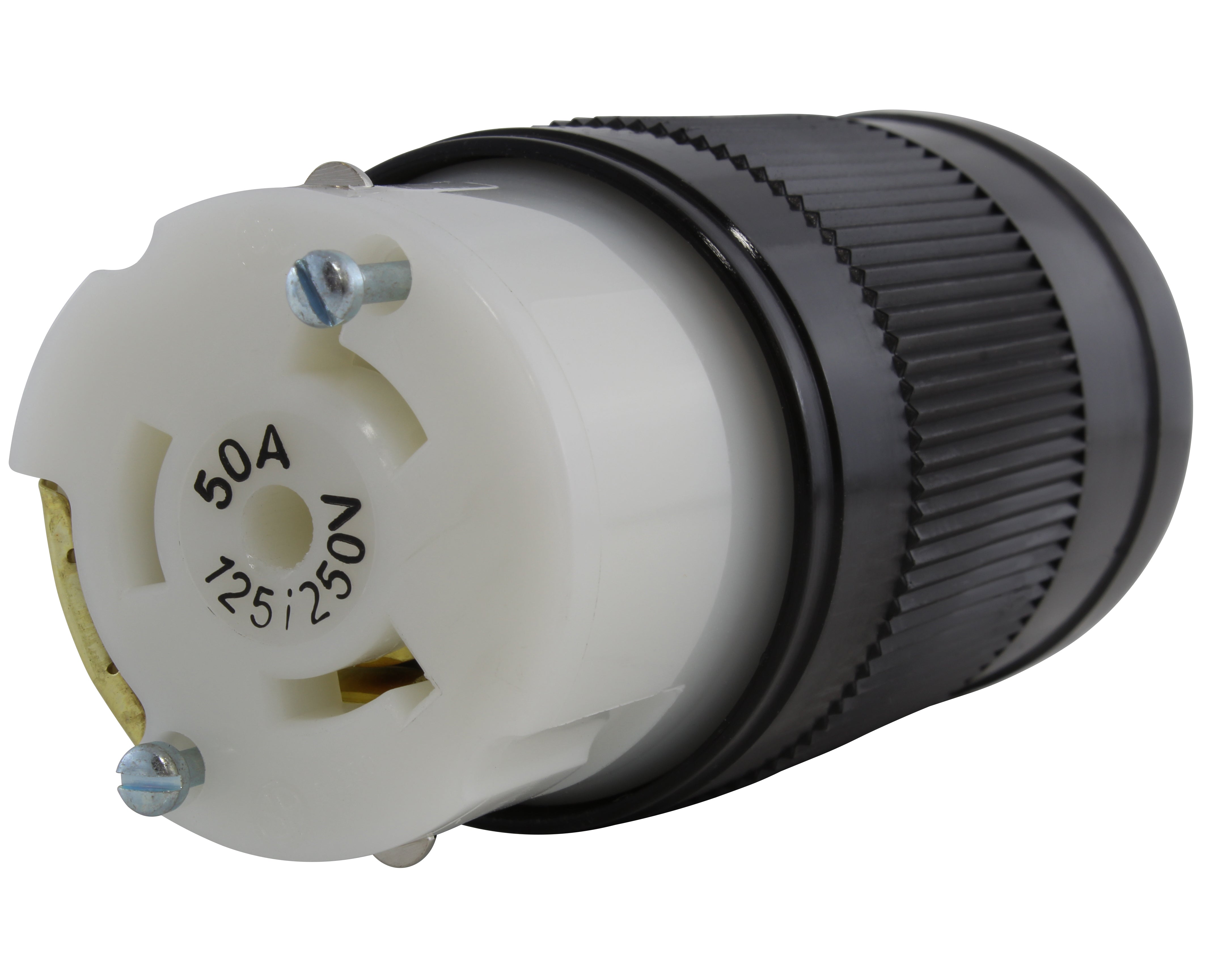


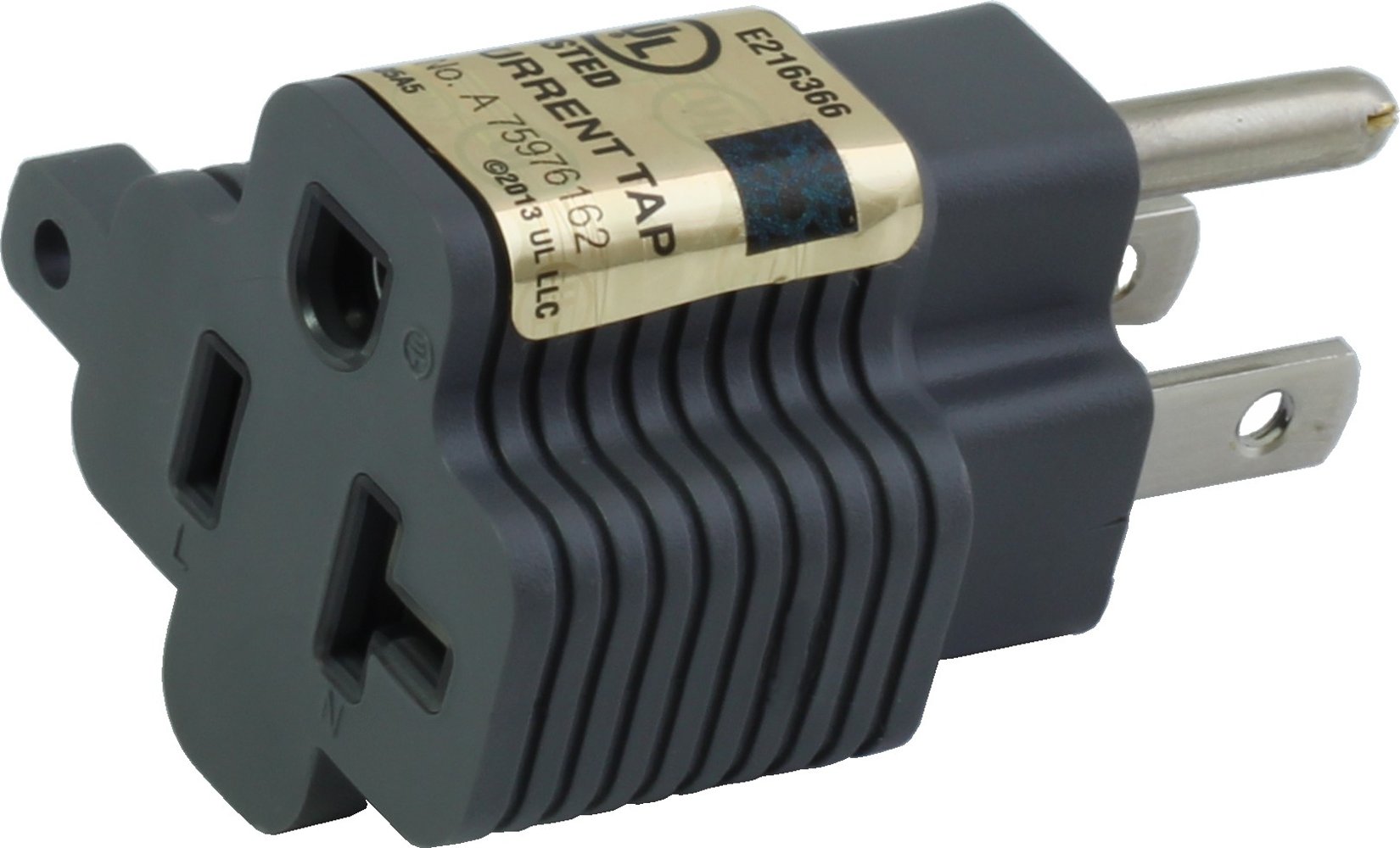
![AC WORKS® [ADV104] 3-Prong Heavy-Duty V-DUO Household Outlet Adapter](http://acworks.com/cdn/shop/products/ADV104-0.jpg?v=1605738768&width=3128)
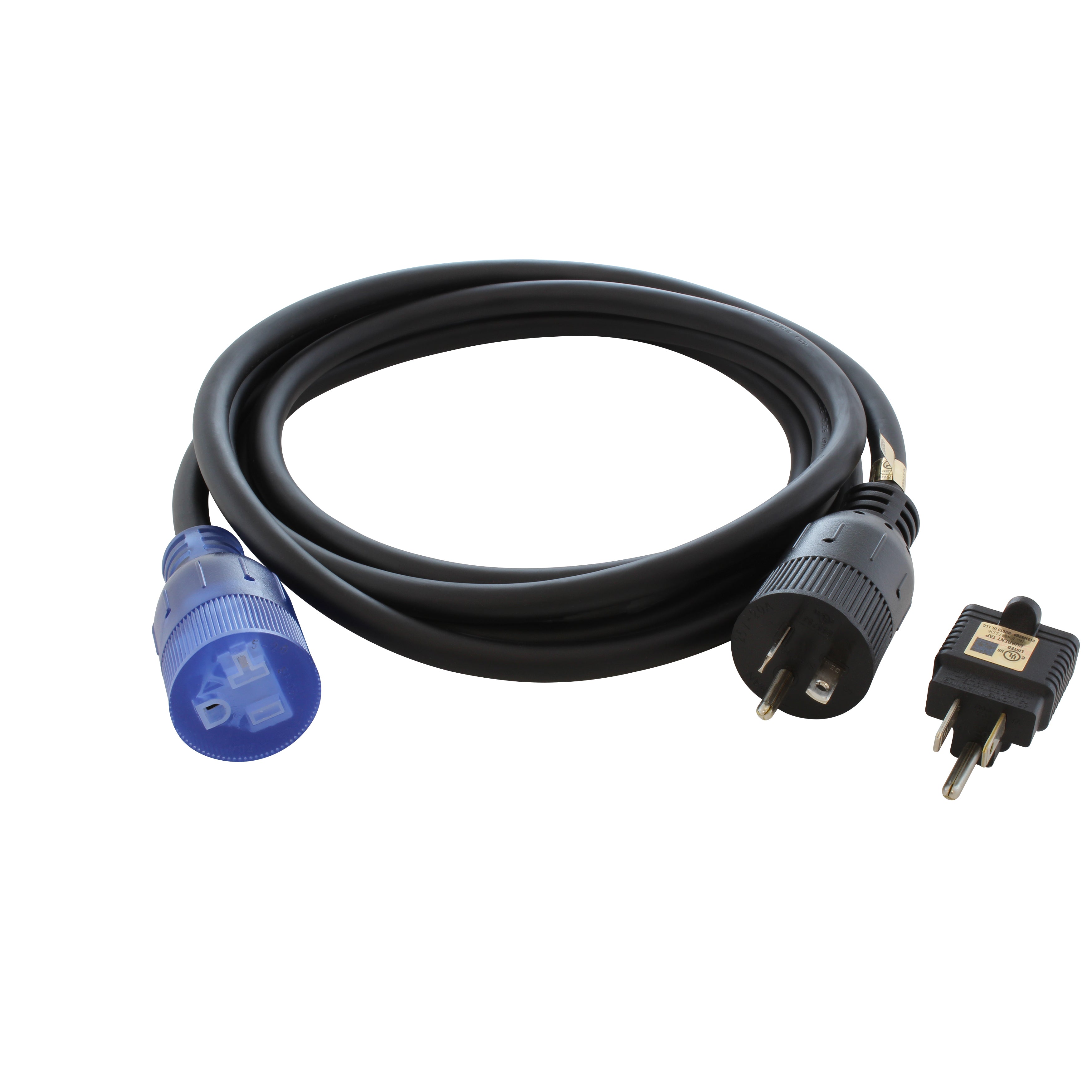
![AC WORKS® [XH515520] 15A to 15/20A 125 Volt Plug Adapter with ETL Safety Approval](http://acworks.com/cdn/shop/files/XH515520-0_daea425a-f439-48df-bb75-052167057f12.jpg?v=1729091519&width=2500)
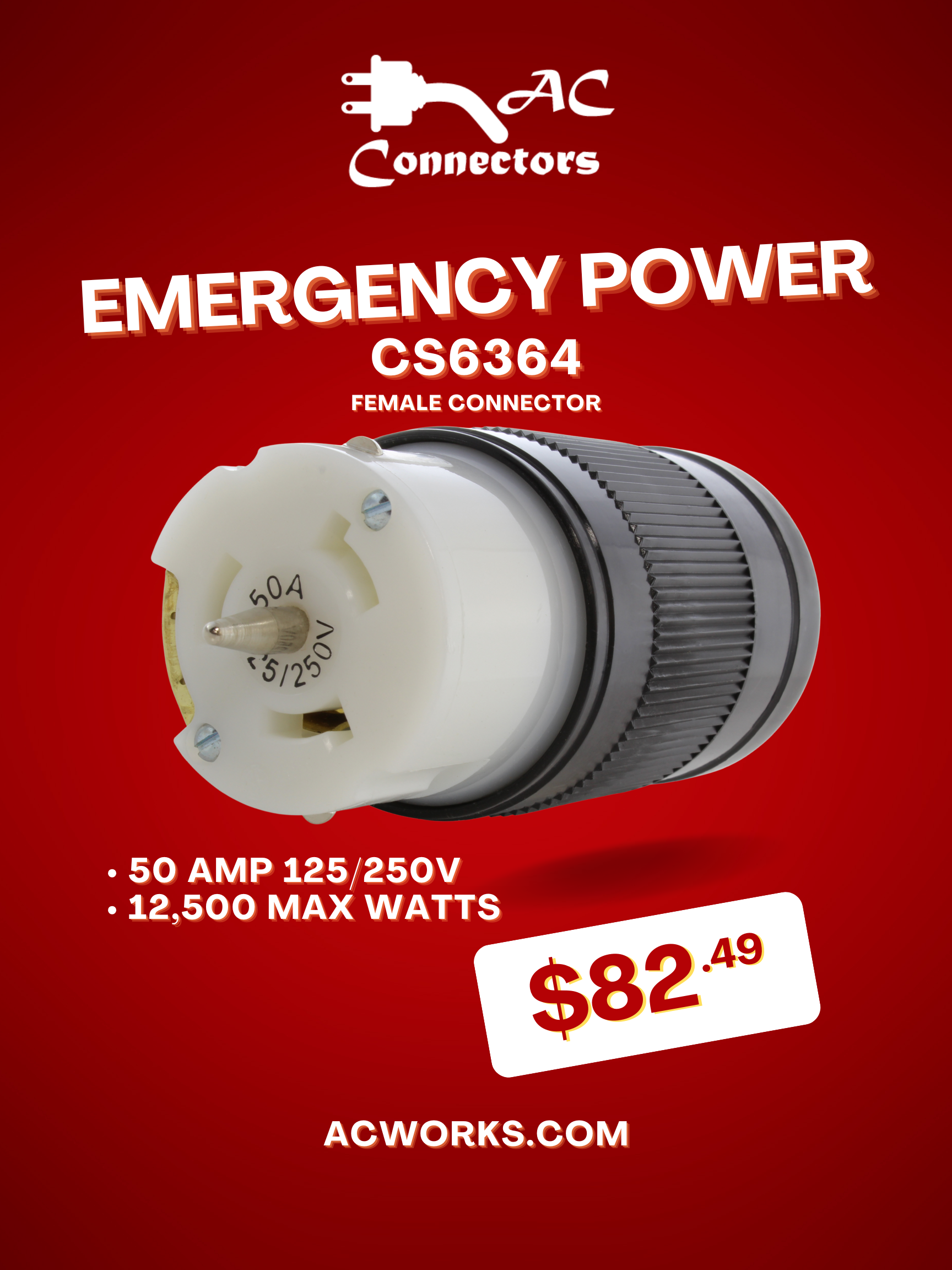


Share:
AC Wiring Basics
The Importance of Grounding